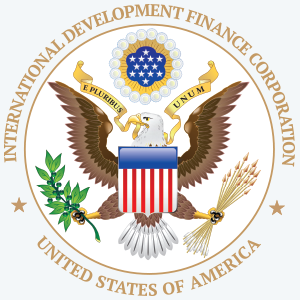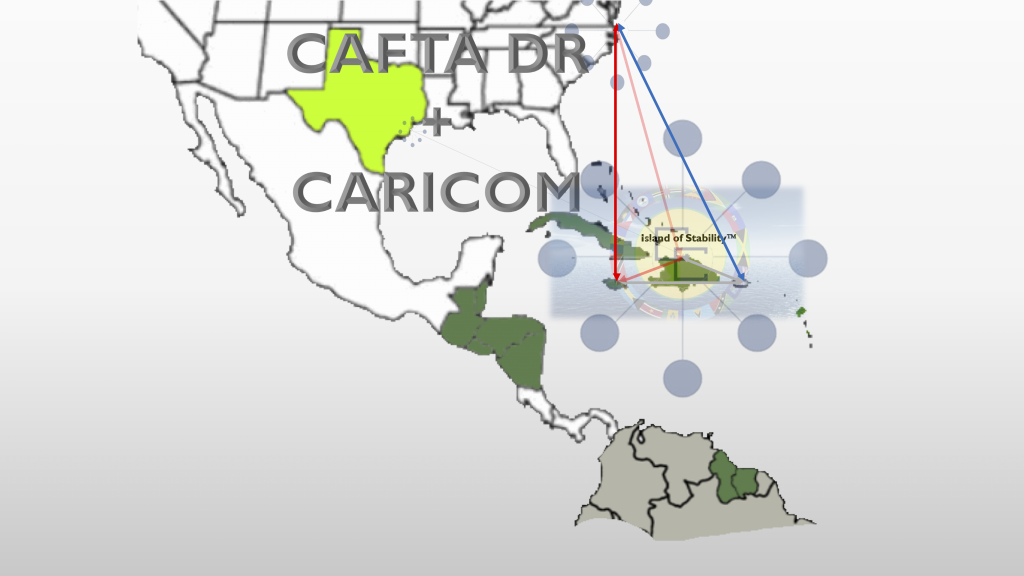Haiti/DR Border Modernization

Haiti and the Dominican Republic (DR) share a 376-kilometer border, which is the longest international border in the Caribbean. The two countries have a complex and often troubled relationship, with historical and cultural differences that have sometimes led to disputes and conflicts. Nevertheless, both Haiti and the DR face similar economic challenges, including high poverty rates, low levels of economic development, and dependence on a few primary exports, such as sugar, coffee, and textiles. In this paper, we propose an economic growth and development plan for Haiti and the DR, based on creating an international free trade zone along the entire border, using the CARICOM and CAFTA-DR trade agreements.
Background
The Caribbean Community (CARICOM) is a regional integration organization that promotes economic cooperation and development among its member states, which include 15 Caribbean countries, including Haiti. The CARICOM Single Market and Economy (CSME) is a regional free trade zone that allows for the free movement of goods, services, and people within the region. The Central America-Dominican Republic Free Trade Agreement (CAFTA-DR) is a similar agreement that includes the DR and six Central American countries, including Costa Rica, El Salvador, Guatemala, Honduras, Nicaragua, and Panama. Both agreements aim to increase trade and investment within the region and to promote economic growth and development.
Proposal
We propose the creation of an international free trade zone along the entire Haiti-DR border, using the CARICOM and CAFTA-DR trade agreements. The free trade zone would allow for the free movement of goods, services, and people within the zone, and would be open to businesses from both countries, as well as from other CARICOM and CAFTA-DR member states. The free trade zone would be governed by a joint authority composed of representatives from both countries, as well as from CARICOM and CAFTA-DR.
Benefits
The creation of an international free trade zone along the Haiti-DR border would have several benefits for both countries, including:
Increased trade and investment: The free trade zone would encourage businesses to invest in the region, and to take advantage of the opportunities offered by the CARICOM and CAFTA-DR trade agreements. This would lead to increased trade between the two countries, and with other member states, and would help to diversify the economies of both Haiti and the DR.
Job creation: The free trade zone would create new job opportunities for people on both sides of the border, particularly in the areas of manufacturing, services, and tourism. This would help to reduce poverty and unemployment rates, and to improve the standard of living for people in the region.
Regional integration: The free trade zone would promote greater regional integration and cooperation, and would help to strengthen the relationships between Haiti, the DR, and other CARICOM and CAFTA-DR member states. This would help to promote peace and stability in the region, and to address common challenges, such as climate change, migration, and security.
Conclusion
The creation of an international free trade zone along the entire Haiti-DR border, using the CARICOM and CAFTA-DR trade agreements, would be a bold and ambitious plan, but one that has the potential to bring significant benefits to both countries, as well as to the wider Caribbean region. The free trade zone would encourage investment, job creation, and regional integration, and would help to address the economic challenges faced by Haiti and the DR. However, the success of this plan would depend on the political will and commitment of both governments, as well as on the support and cooperation of CARICOM and CAFTA-DR member states.


